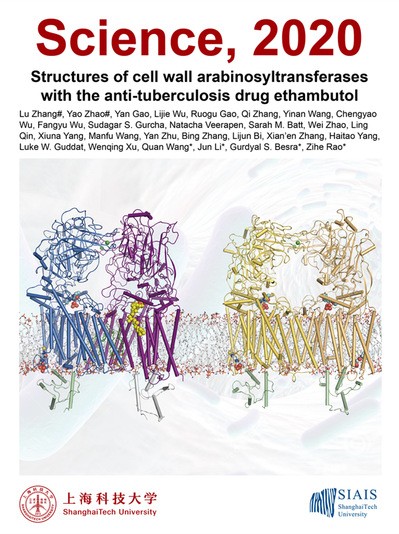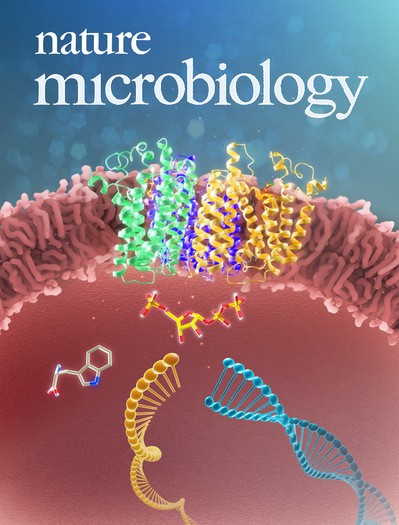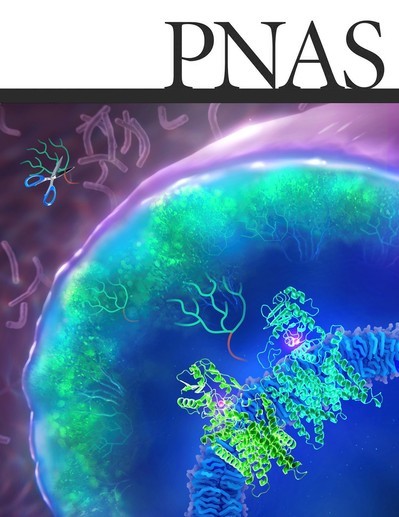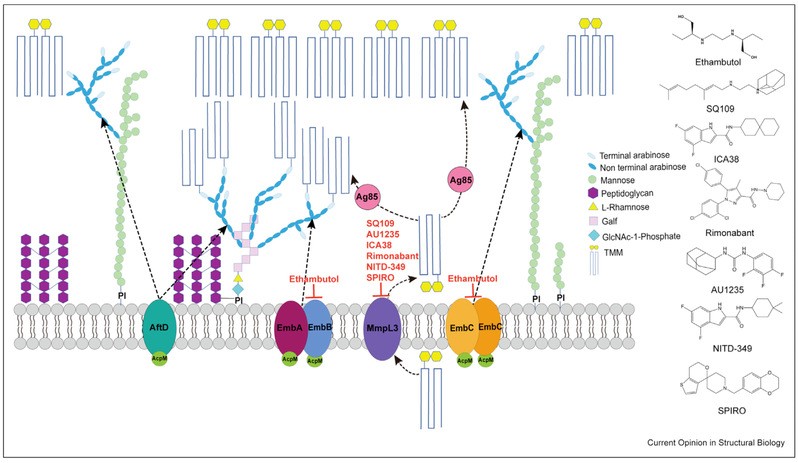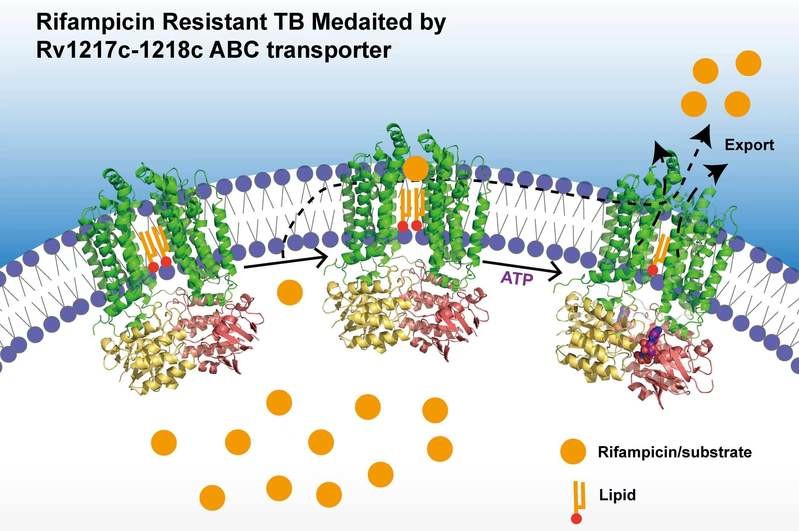|
Structural Glycan/Lipid Biology Research Group
Principal investigatorName: Lu ZhangAssistant Professor , PhD, Assistant Professor
Position: Affiliation: School of Life Science and Technology, Shanghai Institute for Advanced Immunochemical Studies
Honor: Education Background:
Working Experience:
Group Introduction Research Area:
Structural Biology, Glycolipid Biology, Membrane Protein Biology, Molecular Pharmacology of Antibacterial Pathogens and New Drug Discovery
Research Interests:
Structural Biology of Membrane Proteins as Drug Targets in the Cell Wall Pathway of Mycobacterium tuberculosis and New Drug Discovery.The Regulatory Mechanisms of Human Protein Glycosylation and Transmembrane Transport of Glycolipids in the Life Processes and the Pathogenesis of Diseases. The research focuses on the molecular mechanisms of the biosynthesis of cell wall polysaccharides/glycolipids/lipids in Mycobacterium tuberculosis; the structural research of membrane proteins as novel drug targets, and drug discovery based on the structures of the targets; the structural basis of human O-glycosylation, N-glycosylation, and the transmembrane transport of glycolipid molecules between membranous organelles. Research Achievement1. Revealing the Precise Mechanism of Action of the First-line Antitubercular Drug Ethambutol (One of the Important Medical Advances in China in 2020) Zhang Lu from the Institute of Immunochemistry of ShanghaiTech University and others successfully resolved, for the first time in the world, the three-dimensional spatial structure of the drug target-drug complex of the protein targeted by the first-line antitubercular drug ethambutol, that is, the Emb protein complex. This revealed the precise molecular mechanism by which ethambutol acts on this target and the molecular mechanism underlying the occurrence of clinically resistant mutations to ethambutol. This is also the first time in half a century since the introduction of ethambutol that scientists have deciphered the antibacterial mechanism of this traditional old drug against tuberculosis at the molecular level. It represents a major breakthrough in the field of key drug targets for tuberculosis and lays an important foundation for the research and development of new drugs and for addressing the problem of drug-resistant tuberculosis. The relevant research findings were published in the form of a research full-length article in the journal Science in 2020. The research group led by Zhang Lu has made new progress in the mechanism of rifampicin resistance in Mycobacterium tuberculosis, and the research findings have been published in the authoritative international comprehensive journal Proceedings of the National Academy of Sciences of the United States of America (PNAS). The cryo-electron microscopy structures of an ABC transporter in multiple states that mediates rifampicin resistance have been resolved, providing a molecular basis for understanding drug-resistant tuberculosis mediated by the efflux system.
2. The Molecular Mechanism of the Catalysis of Arabinosyl Donor Synthesis by the Membrane Protein Phosphoribosyltransferase, a Novel Target in the Antitubercular Cell Wall Pathway. The AG and LAM pathways have been proven to be the targets of the first-line drug ethambutol (Zhang Lu, Science, 2020). DPA is the sole glycosyl donor for the synthesis of arabinan in AG and LAM, and it is catalytically synthesized by the unique membrane protein phosphoribosyltransferase in mycobacteria. We resolved two high-resolution three-dimensional structures of the phosphoribosyltransferase in combination with its donor/acceptor substrates, and elucidated the molecular mechanism by which it recruits the two substrates on the cell membrane and achieves inverting phosphoribosyl transfer. This lays a theoretical foundation for the development of cell wall-targeted drugs based on the new target. The relevant research findings were published in the form of a research article in the top international journal in the field of microbiology, Nature Microbiology, in 2024. (The collaborative achievement of the research group led by Zhang Lu and the research group led by Rao Zihe)
3. By comprehensively utilizing methods such as structural biology, glycobiology, and molecular docking, for the first time, the selectivity specificity and structural basis of the initiation of arabinose synthesis in the AG of the cell wall of Mycobacterium tuberculosis (Mtb) were reported, providing information on novel antitubercular drug targets that target the cell wall pathway. The relevant research findings were published in the form of a research article in the authoritative international journal Proceedings of the National Academy of Sciences (PNAS) in 2023. (The research group led by Zhang Lu)
4. Zhang Lu and Rao Zihe were invited to publish a review article in the authoritative international journal Current Opinion in Structural Biology. The article systematically reviews the structures of key membrane protein drug target protein complexes in the cell wall pathway of Mycobacterium tuberculosis and the mechanisms of drug action. (The collaborative achievement of the research group led by Zhang Lu and the research group led by Rao Zihe)
5. The research group led by Zhang Lu has made new progress in the mechanism of rifampicin resistance in Mycobacterium tuberculosis, and the research findings have been published in the authoritative international comprehensive journal Proceedings of the National Academy of Sciences of the United States of America (PNAS). The cryo-electron microscopy structures of an ABC transporter in multiple states that mediates rifampicin resistance have been resolved, providing a molecular basis for understanding drug-resistant tuberculosis mediated by the efflux system.
Representative Publications (*First Author, # Corresponding Author)
MonographPatentFundingAwardsResearch AchievementGroup Member and Photo |




